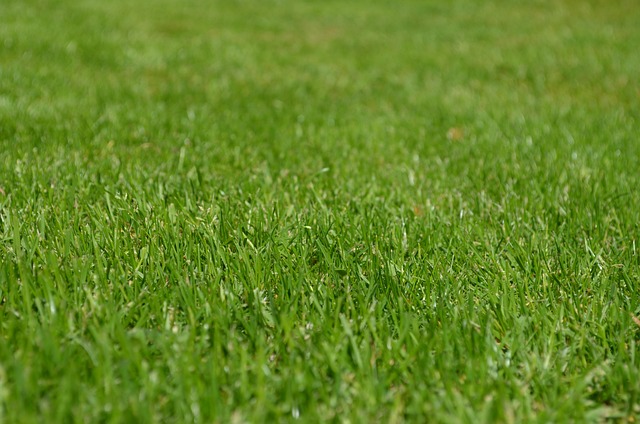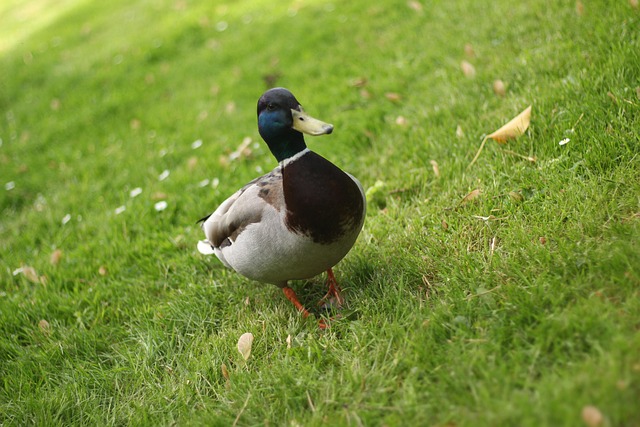Lawn aeration is a crucial step before herbicide application for managing right-of-way (ROW) vegetation in Wheat Ridge, improving grass root growth and overall lawn health. Enhanced aeration allows roots to access nutrients, water, and oxygen more efficiently, leading to stronger lawns that can withstand environmental stresses. This preparation ensures effective herbicide absorption, providing targeted control of unwanted vegetation while maintaining curb appeal and promoting a sustainable ecosystem. Efficient teamwork, thorough assessments, and synchronized application through clear communication and role division ensure precise herbicide application, preserving non-target vegetation in Wheat Ridge's diverse landscape.
In today’s landscaping landscape, efficient herbicide application for right-of-way (ROW) vegetation management is paramount. Understanding lawn plant aeration and its benefits plays a crucial role in achieving robust, healthy grass and reducing the need for excessive chemical usage. This article delves into the art of herbeicide application teams, focusing on Wheat Ridge as a case study. We explore how specialized teams enhance effectiveness, ensuring optimal results while promoting sustainable practices in ROW vegetation management.
- Understanding Lawn Plant Aeration and Its Benefits
- The Role of Herbicide Application in Right-of-Way Vegetation Management
- Efficient Teamwork for Effective Herbicide Application in Wheat Ridge
Understanding Lawn Plant Aeration and Its Benefits

Lawn plant aeration is a process that involves puncturing small holes into the soil to improve its structure and air circulation. This technique is especially beneficial for lawns struggling with compacted soil, which can hinder root growth and overall lawn health. By increasing aeration, grass roots can penetrate deeper, access essential nutrients, water, and oxygen more efficiently. As a result, lawns become stronger, more resilient, and better equipped to withstand environmental stresses.
In the context of Herbicide application for right-of-way vegetation in Wheat Ridge, understanding lawn aeration is crucial. Proper aeration prepares the soil for effective herbicide absorption, ensuring targeted control of unwanted vegetation. This application method not only maintains the aesthetic appeal of public spaces and rights-of-way but also promotes a healthier, more sustainable ecosystem by managing vegetation growth effectively without excessive chemical use.
The Role of Herbicide Application in Right-of-Way Vegetation Management

Maintaining a lush and well-managed lawn extends beyond regular mowing and watering; it involves strategic control of unwanted vegetation, especially along roadsides and rights-of-way known as right-of-way vegetation. Here, herbicide application plays a pivotal role in Wheat Ridge’s effort to uphold aesthetic standards and ensure public safety. Selective herbicides are carefully chosen and applied to target specific weeds or broadleaf plants without harming the desirable grass species. This precise approach is crucial for managing dense, invasive growth that can obstruct visibility along highways and streets.
Regular herbicide applications prevent the encroachment of unwanted plants, ensuring a clean, well-manicured look. In Wheat Ridge, where maintaining a professional landscape is essential, herbicide application teams work diligently to eradicate weeds at their root, promoting healthy grass growth. This method not only enhances the overall curb appeal but also reduces the need for extensive physical weeding, making vegetation management more efficient and cost-effective.
Efficient Teamwork for Effective Herbicide Application in Wheat Ridge

In the context of herbicide application for right-of-way vegetation in Wheat Ridge, efficient teamwork is paramount to achieving effective results. Well-coordinated teams ensure that every task, from pre-application planning to post-treatment monitoring, is executed seamlessly. This includes thorough site assessments, identifying target weeds, and selecting the appropriate herbicides. With clear communication and role division, team members can work in harmony, minimizing errors and maximizing coverage.
During application, synchronized efforts prevent overlap or gaps, ensuring every area receives the intended treatment. Consistent training and adherence to safety protocols further enhance teamwork, promoting a culture of precision and accountability. This collaborative approach not only enhances the overall effectiveness of herbicide applications but also contributes to the preservation of surrounding non-target vegetation in Wheat Ridge’s diverse landscape.
Lawn plant aeration and strategic herbicide application are vital components of maintaining a healthy, vibrant landscape. In Wheat Ridge, efficient teamwork between specialized teams ensures effective herbicide application for right-of-way vegetation management. By understanding the benefits of aeration and employing targeted herbicide strategies, these teams contribute to the overall aesthetic and functional integrity of urban spaces, ensuring that greenery remains lush and controlled throughout the year. This approach not only enhances the environment but also demonstrates a commitment to sustainable practices in the world of landscaping.
